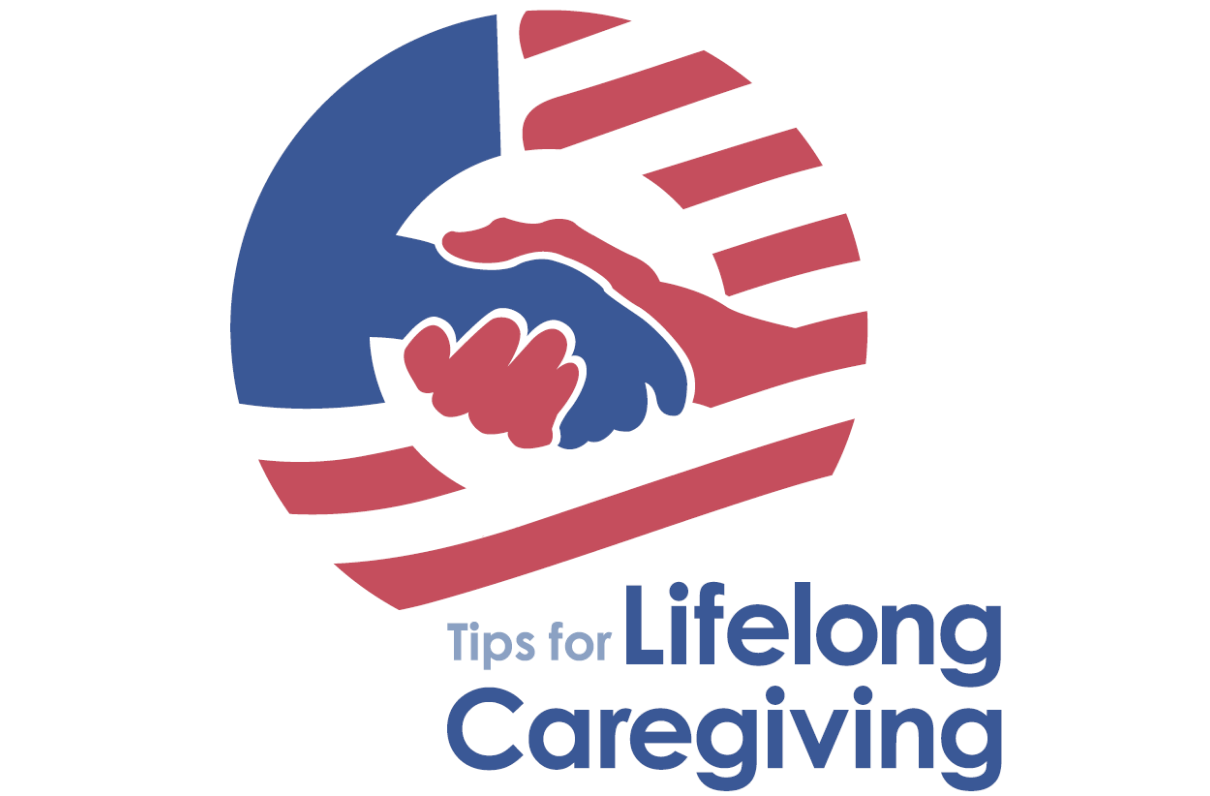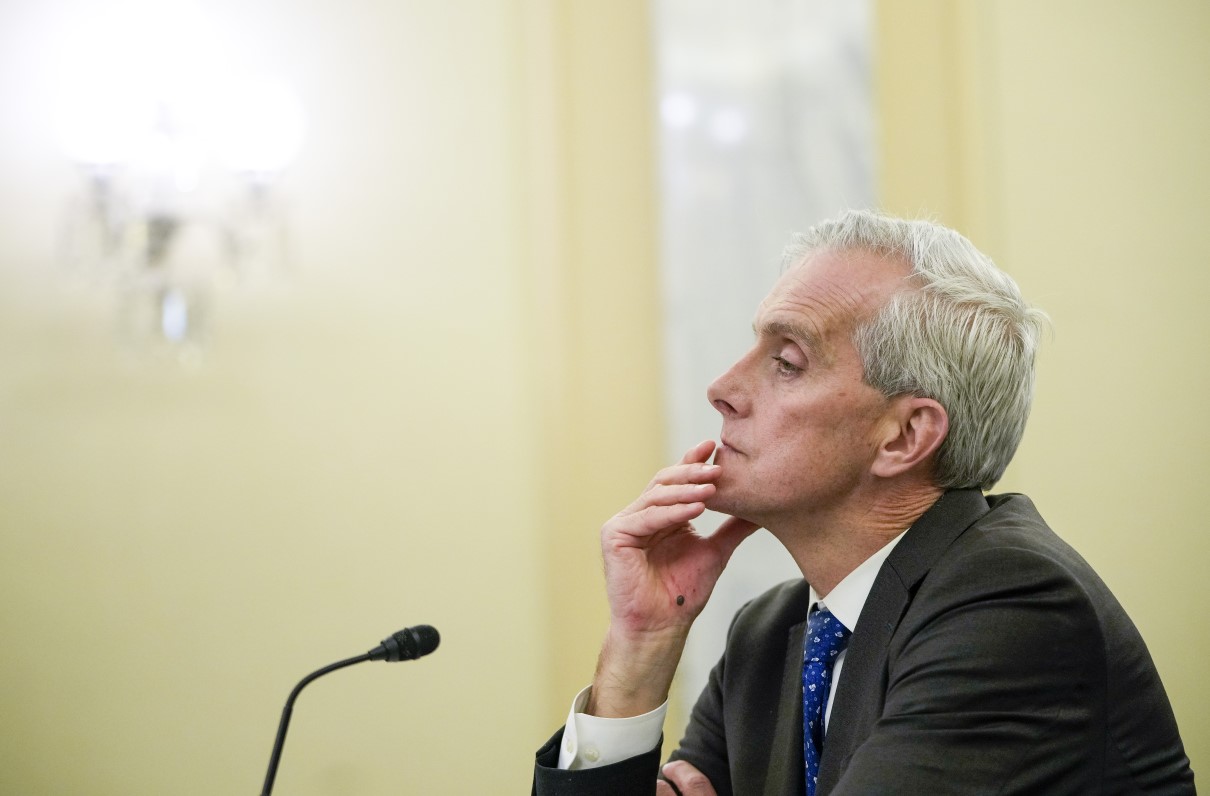Editor’s note: This article by Rebecca Kheel, with contributions from Patricia Kime, originally appeared on Military.com, a leading source of news for the military and veteran community.
About 90% of legacy participants were at risk of being kicked out of the Department of Veterans Affairs' caregiver program before it backtracked on new eligibility requirements, the VA confirmed Friday.
The figure comes after VA Secretary Denis McDonough acknowledged March 22 that a "much higher number" of veterans were being dismissed from the program than officials initially anticipated, though he did not disclose a specific number.
"Faced with that data, we asked ourselves, I think, the question that leaders of good organizations should ask themselves, which is, 'Is there something that we need to take a closer look at?" McDonough said at a news conference where he and Deputy Secretary Donald Remy announced they were halting dismissals from the caregiver program while they reassess the eligibility criteria.
The announcement came after VA officials faced months of pressure from veterans and advocates warning about families losing access to a lifeline they need to care for their injured veterans.
[RELATED: Patient Safety Risked Through VA Electronic Health Record Rollout, Watchdog Finds]
VA officials had previously said that they expected about one-third of the 19,000 legacy participants in the Program of Comprehensive Assistance for Family Caregivers to become ineligible under rules the department is implementing to comply with a 2018 law to expand eligibility to older eras of veterans without ballooning the program's price tag.
But after about 70% of legacy participants were reviewed, the VA estimated the real number of discharges would be about 90%, VA press secretary Terrence Hayes said Friday.
Hayes stressed the estimate is "based on an incomplete data set" since about 6,000 legacy participants have yet to be reviewed.
"Regardless of these percentages, VA will not be taking any action on these assessments except those who are eligible for an enhanced benefit," he added.
[RELATED: MOAA Testifies Before Congress on Top Priorities for Veterans]
Congress created the caregiver program in 2011 to give monthly stipends to family members who provide home care for severely injured post-9/11 veterans.
In a 2018 law signed by then-President Donald Trump, Congress expanded the program to combat veterans of all eras. Veterans from World War II through the Vietnam War were eligible as of this past October, while veterans injured after May 7, 1975, and before Sept. 11, 2001, will be eligible starting Oct. 1.
In order to accommodate the expanded pool of veterans without significantly increasing the program's budget, the VA last year rolled out new eligibility criteria that focus on a veteran's inability to do physical tasks without assistance and said it would review whether people admitted to the program under the older criteria were still eligible.
Under the law, the program includes combat veterans from previous wars who have "serious injury (including traumatic brain injury, psychological trauma or other mental disorders) incurred or aggravated in the line of duty" -- the same wording applied to the post-9/11 generation vets.
But the Mission Act also changed the eligibility requirements for veterans to participate. Previously, a vet was eligible if they could not perform one or more activities of daily living, or needed supervision or protection based on neurological impairment and need for supervision.
[RELATED: Get an In-Depth Look at MOAA’s Veteran Health Care Priorities]
The law struck the "or" between the criteria on activities of daily living and needing supervision, which could be interpreted as meaning that veterans needed to meet all requirements -- a change that seemingly influenced the VA's development of its new rules.
The VA said it needed to review legacy participants to ensure consistency and fairness in the program, but veterans, caregivers and advocates argued they should be grandfathered in under the old rules.
Caregivers and advocates also testified before Congress that the reassessment process was "dehumanizing" and that reviewers appeared to be approaching the process from the viewpoint of "how do we get to a 'no' versus how to get to a 'yes.'"
VA officials concede there were "unintended consequences" in the way the new rules were written.
"We've tried to get to 'yes' whenever we can and to err on the side of the veterans and the caregiver when rendering decisions along the way, but we also recognize that the regulations, they may need to be revisited to ensure they can be implemented as originally intended," Remy said.
Remy said it was too early to pinpoint specific eligibility criteria that may need to be changed to ensure caregivers aren't being unduly kicked out of the program. He also did not offer a specific timeline for how long the new review will take.
This is the third time the VA has suspended dismissals from the program because of concerns about inconsistencies, and Remy insisted officials have "learned from mistakes that we've made in the past, and we're looking at how we can make sure we don't repeat those mistakes."
 Tips for Lifelong Caregiving
Tips for Lifelong Caregiving
MOAA has partnered with the Elizabeth Dole Foundation to provide an online resource outlining legal and financial support available to multiple generations of caregivers.
